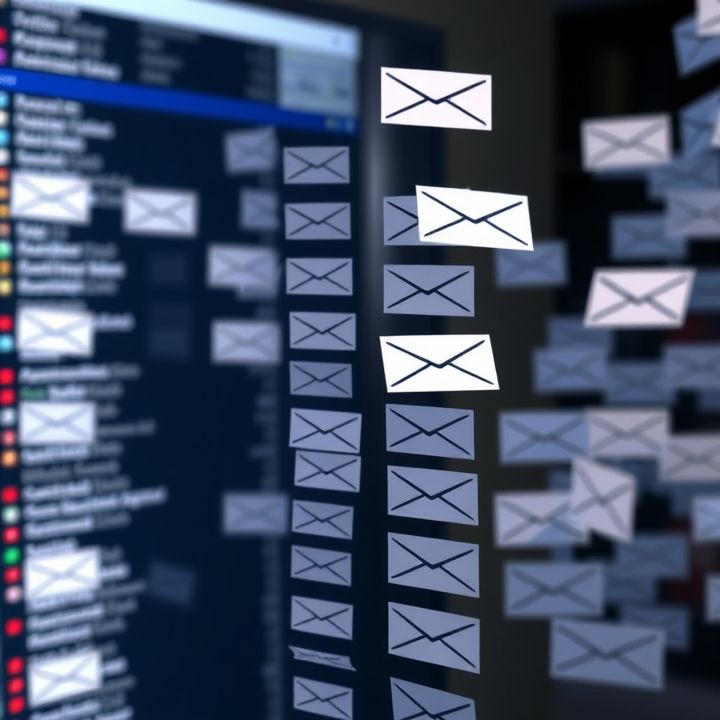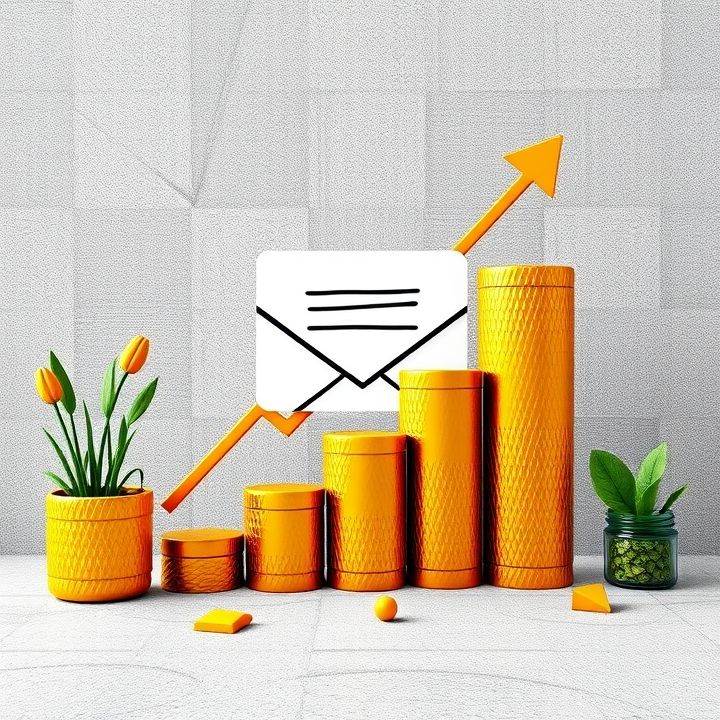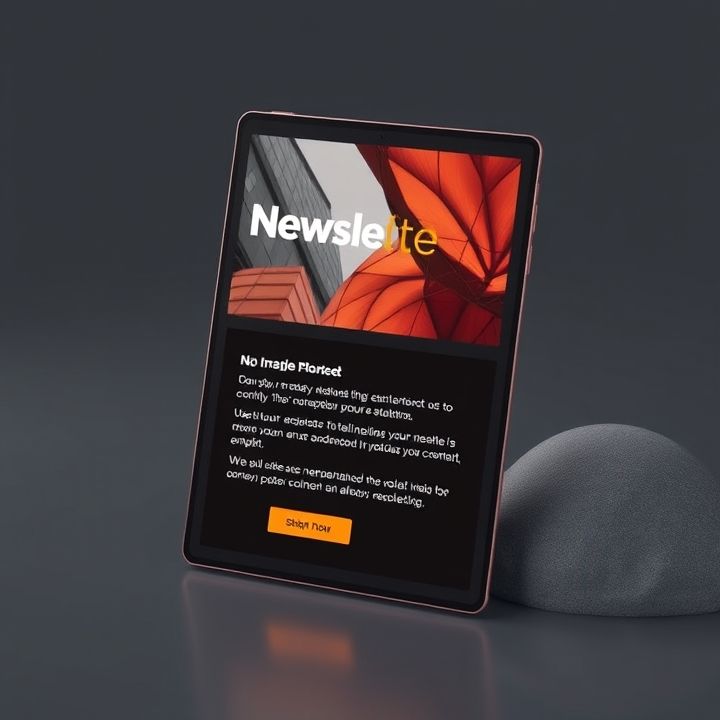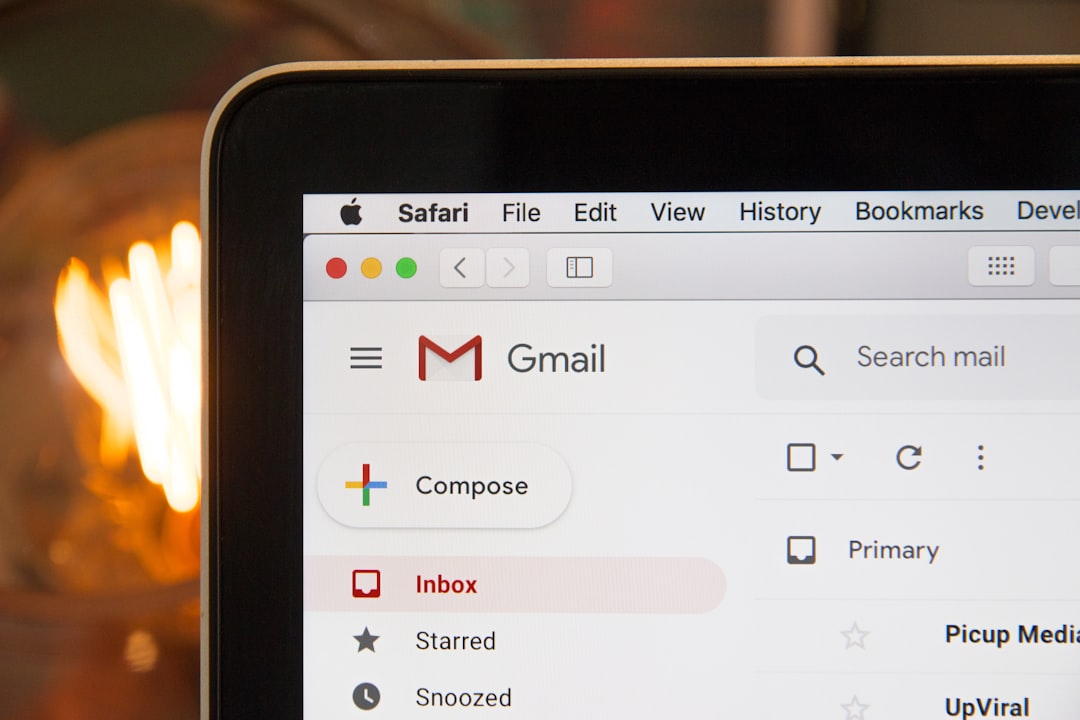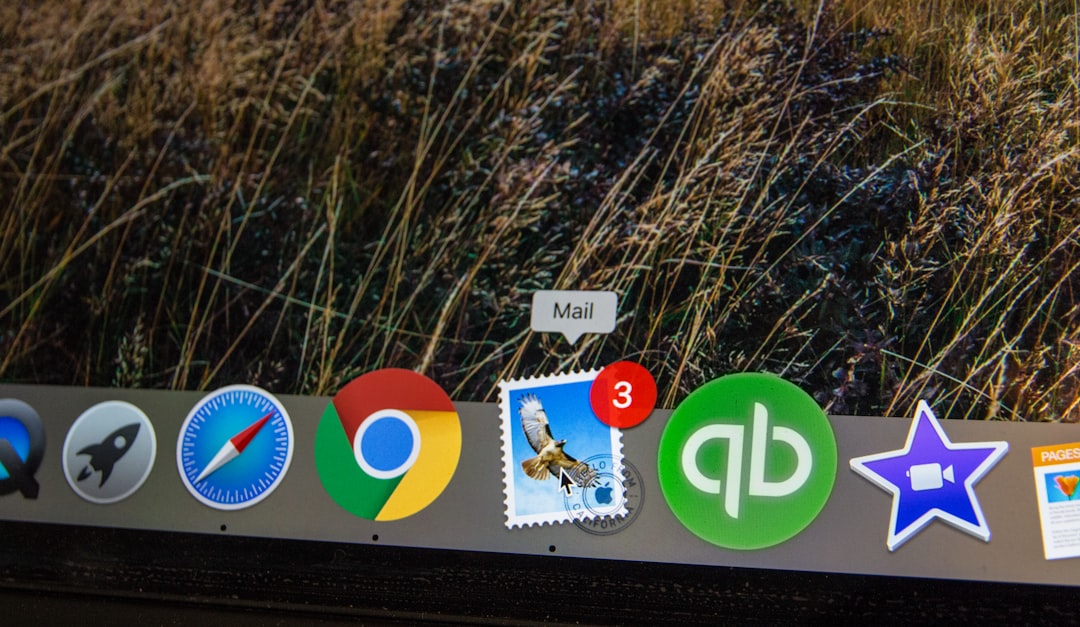Table of Contents
- Introduction
- Importance of a mobile-friendly design
- Strategies for using white space effectively
- Utilizing headings and subheadings for clarity
- Choosing the right fonts and sizes
- Best practices for using images and graphics
- Implementing clear and compelling call-to-action buttons
- Personalization techniques to increase engagement
- Testing and analyzing email performance metrics
- Conclusion
- Frequently Asked Questions
Introduction
In the fast-paced digital world, the humble email still remains a powerhouse for marketing, carrying the potential to turn prospects into loyal customers. But it’s not just about hitting the send button; it’s about crafting messages that captivate, resonate, and engage. So, what is the magic formula behind a compelling email? This article, ‘Unlock the Secrets to Captivating Emails: Boost Readability and Engagement Instantly!’, dives into practical insights and strategies to transform your email game.
| Element | Impact |
|---|---|
| Subject Line | Captures attention |
| Personalization | Increases engagement |
| Call-to-Action | Drives conversions |
As you begin this journey, imagine unlocking doors to endless possibilities and opening emails that connect and convert. Stay tuned as we uncover the essential elements that make your emails not only readable but irresistible.
Importance of a mobile-friendly design
In today’s digital age, ensuring that your email design is mobile-friendly is crucial for enhancing readability and engagement. With the majority of people accessing emails on their smartphones, a mobile-friendly design is no longer optional. It’s essential. A responsive design adapts to different screen sizes, ensuring that your content is easy to read and interact with regardless of the device. This means using larger fonts, concise text, and strategically placed calls to action that are easy to tap on a small screen.
Moreover, a mobile-friendly design reduces the need for excessive scrolling and zooming, providing a seamless user experience. This is vital for capturing the recipient’s attention quickly, as users are likely to abandon an email that is difficult to read or navigate. By optimizing for mobile, businesses can improve customer satisfaction, increase open rates, and boost overall engagement. Thus, incorporating elements like single-column layouts, prominent buttons, and tappable links can make a significant difference. A well-designed mobile-friendly email ensures that your message reaches, resonates with, and engages the mobile-savvy audience effectively, ultimately contributing to your email marketing success.
Strategies for using white space effectively
Effectively using white space in email design is crucial for enhancing readability and engagement. White space, or negative space, refers to the areas of a design that are left untouched. These spaces separate different elements, making the content easier to read and navigate.
One strategy is to consider line spacing or leading, which is the space between lines of text. Ensuring there is enough room between lines can make the text more legible, especially on smaller screens. Similarly, maintaining proper paragraph spacing can help break up text blocks, directing the reader’s eye and providing pauses in information.
Additionally, integrating sufficient margins and padding around text and images can prevent the email from feeling cluttered. Ample margins give elements room to breathe, which can lead to a more pleasant and focused reading experience. It’s also important to use white space strategically around calls-to-action (CTAs) to draw attention and encourage interaction.
Lastly, using white space to create visual hierarchy can guide readers through the content logically, emphasizing important information while facilitating quick scanning. By thoughtfully employing these strategies, you can craft emails that are not only aesthetically pleasing but also more effective in engaging recipients.
Utilizing headings and subheadings for clarity
Utilizing headings and subheadings in email design is crucial for enhancing clarity and engagement. Headings serve as guideposts that help readers quickly understand the structure of the content and identify key sections. By breaking up large blocks of text, headings make emails more skimmable and less overwhelming. This is particularly important in an age where attention spans are short, and the volume of received emails is high. Incorporating descriptive headings can make it easier for recipients to find information that is relevant to them, reducing the chance that they will abandon the email before reaching the call to action.
Subheadings, on the other hand, provide additional granularity, offering a deeper layer of organization. They allow for a more detailed breakdown of content, helping to keep readers engaged by logically guiding them from one point to the next. Both headings and subheadings should be formatted in a way that stands out, using size, color, or font variations to draw attention. Additionally, consistency in style helps to create a professional appearance and fosters trust with the reader. Overall, a well-structured hierarchy of headings and subheadings not only enhances readability but also increases engagement by making the email content more accessible and understandable.
Choosing the right fonts and sizes
Choosing the right fonts and sizes is crucial in optimizing email readability and engagement. A well-chosen font not only enhances readability but also aligns with your brand’s identity. When selecting fonts, consider using web-safe fonts such as Arial, Verdana, or Georgia, as they are widely supported across different devices and email clients. Additionally, it is advisable to stick to a maximum of two to three different fonts within an email to maintain a cohesive and professional appearance.
Font size is equally important, with the body text typically ranging from 14px to 16px to ensure easy reading without straining the eyes. Headlines or section titles should be larger to help guide the reader through the content. Furthermore, maintain adequate line spacing and margin to prevent the text from appearing cramped. Contrast is key; ensure that the font color contrasts sufficiently with the background to improve legibility.
Lastly, always test your emails across different devices and screen sizes to ensure that your chosen fonts and sizes render effectively, maintaining engagement levels. Paying attention to these details can significantly enhance the clarity and impact of your email communications, leading to better audience engagement.
Best practices for using images and graphics
Incorporating images and graphics effectively in your email design can dramatically enhance readability and engagement. One of the best practices is to ensure that images are relevant to the content and purpose of the email. They should support or explain the text rather than distract from it. It’s essential to maintain a balance between text and visuals, avoiding overwhelming the reader with heavy graphics.
Another critical aspect is optimizing the size and resolution of your images. Large files can slow down loading times, which may discourage users from engaging with your email. Using image compression tools can help to keep file sizes manageable while maintaining quality. Additionally, it is important to include alternative text for all images to improve accessibility and ensure that your message is still conveyed even if the images do not load.
Be mindful of the color scheme and ensure that the images align with your brand identity. Consistency in style and tone fosters a cohesive look and feel. Always test your emails across different devices and email clients to ensure that images appear correctly and enhance the overall experience.
Implementing clear and compelling call-to-action buttons
Implementing clear and compelling call-to-action (CTA) buttons is crucial for enhancing the effectiveness of your emails. A well-designed CTA can significantly influence the reader’s next step, from signing up for a newsletter to purchasing a product. To achieve this, ensure that your CTA buttons are prominent by using contrasting colors that stand out against the background of your email. This visual distinction draws attention and guides the reader towards taking action.
Moreover, the wording of your CTA should be actionable and concise. Phrases like ‘Get Started Now’ or ‘Learn More’ are direct and encourage immediate response. It is also essential to position the CTA strategically within the email—preferably where the reader has already engaged with the content and is ready to act.
Additionally, optimize CTA buttons for mobile devices, as a significant number of emails are opened on smartphones or tablets. Ensure that buttons are large enough to be easily tapped with a finger and that they lead to a mobile-responsive landing page. By focusing on these elements, you can create CTAs that not only capture attention but also drive meaningful engagement and conversion.
Personalization techniques to increase engagement
Personalization in email marketing is a powerful way to boost engagement and build stronger connections with your audience. One effective technique is to use the recipient’s name in the subject line and email body. This small touch can create a sense of familiarity and make the message feel more tailored to the individual. Additionally, segmenting your email list based on customer preferences, purchase history, or demographics allows you to send targeted content that resonates with specific groups.
Another method is to offer personalized product recommendations. By analyzing past interactions and behaviors, you can suggest items that are more likely to interest each subscriber. This not only drives sales but also demonstrates your understanding of their needs and preferences.
Dynamic content is a further personalization strategy, enabling you to change parts of your email based on the recipient’s data. This could include location-specific offers or unique stories relevant to their interests. Finally, encourage engagement by including interactive elements such as surveys or polls that seek their opinions, making them an active participant in the conversation.
Testing and analyzing email performance metrics
Testing and analyzing email performance metrics is an essential process for maximizing the effectiveness of your email campaigns. By understanding how your emails are being received and acted upon, you can make informed decisions that enhance both readability and engagement.
Start by implementing A/B testing, where you send two variations of an email to small segments of your audience to determine which performs better. This can include testing different subject lines, email designs, call-to-action buttons, or content layout. Once you have enough data, analyze which version yielded the highest open and click-through rates.
Delve into key performance metrics such as open rates, click-through rates, bounce rates, and conversion rates. Open rates indicate the percentage of recipients who open your email, while click-through rates reveal the proportion that engages with the links within. High bounce rates could signify issues with your email list quality, whereas conversion rates measure the ultimate success of your call-to-action.
Utilize these insights to continuously refine your email content, design, and sending strategies. Regularly updating and assessing your approach based on performance metrics ensures that your emails remain relevant, engaging, and effective in achieving your goals.
Conclusion
In conclusion, crafting captivating emails that boost readability and engagement involves a thoughtful blend of design and strategy. By focusing on mobile-friendly layouts, effective use of white space, and strategic headings, you can ensure your emails are not only easy to read but also visually appealing. The right choice of fonts and sizes plays a crucial role in enhancing legibility across devices, while attention to image optimization ensures fast load times and relevance. Clear, compelling call-to-action buttons guide readers toward meaningful interactions, while personalization creates connections that resonate on a personal level. Testing and analyzing performance metrics is the key to continual improvement, allowing you to refine your strategies and maximize engagement. By integrating these elements, your email marketing efforts will rise to new heights, capturing attention in a crowded inbox and driving the results you aim to achieve.

